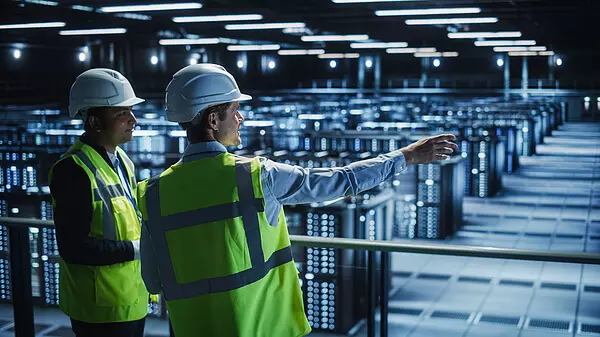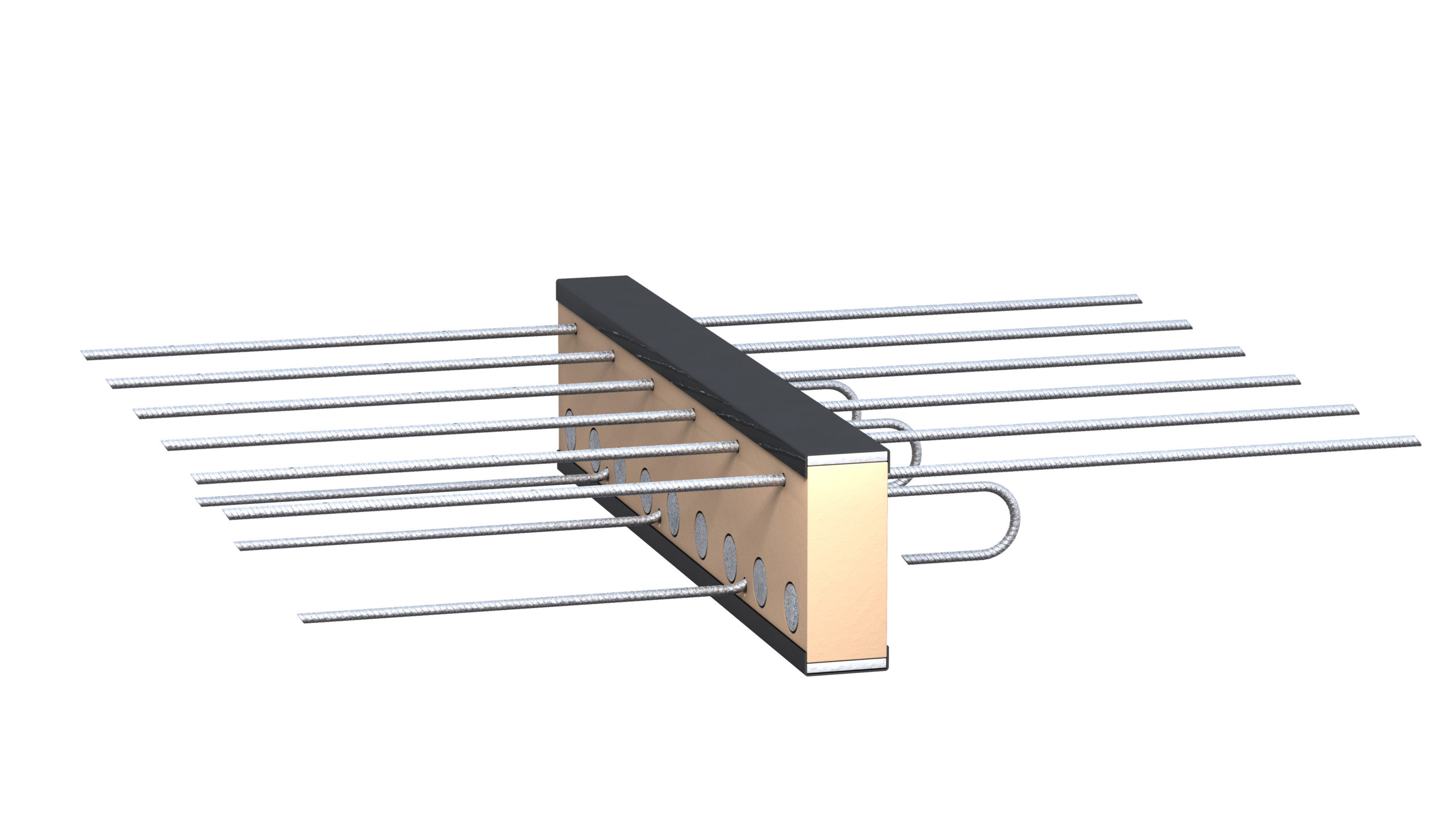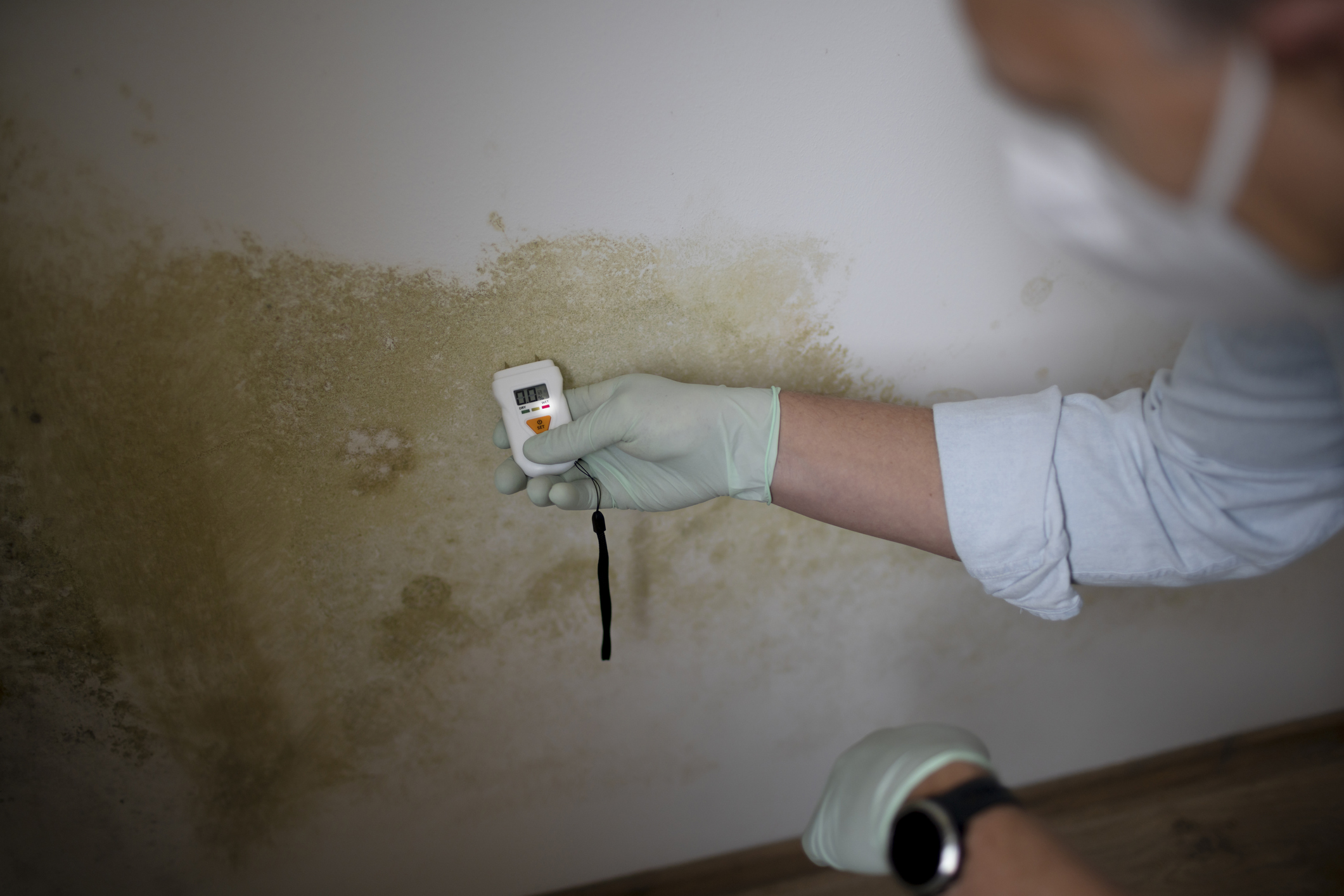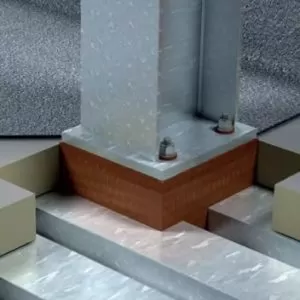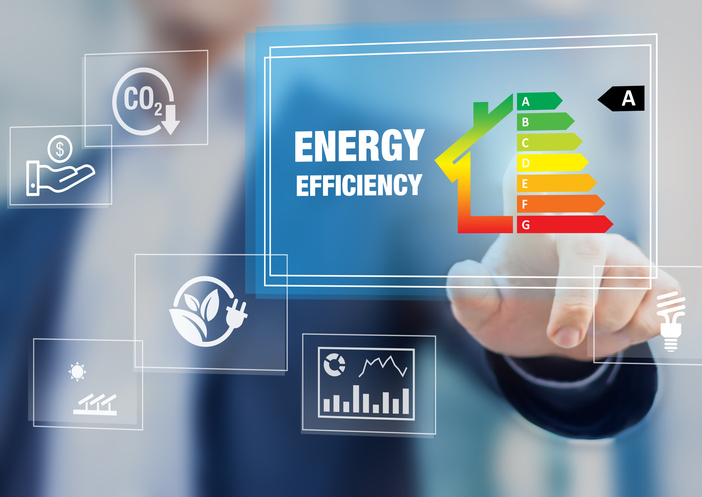
Why Heat Control Is Critical in Data Centers
Machinery stored in data centers creates a lot of power, and subsequently, generates a lot of heat. This heat can impact the equipment, as their performance relies on being kept cool, and the presence of humidity can be detrimental.
Even the most well-insulated buildings can struggle to maintain a steady interior temperature, so how can this be achieved when it’s so imperative the temperatures are accurate, and any changes can negatively impact the functionality and safety of essential data servers?

What Is Thermal Bridging and Why Does It Matter in Data Centers?
Thermal bridging is the term coined to describe anywhere a transfer of energy takes place within a building envelope, these need to be addressed to ensure maximum efficiency within the structure. These can appear at any point that continuous insulation is interrupted, or in simpler terms, the building envelope is penetrated. Windows, doors, cladding, vent units, solar panels – any of these fixtures of features can be culprits in creating thermal bridges.
A well known, effective and innovative solution to thermal bridging is thermal breaks, which can be installed at each point of compromise in the building’s envelope. They’re materials featuring low thermal conductivity properties that can be incorporated to help reduce energy loss.
Not only will thermal breaks increase efficiency, they provide an economical benefit too, as they work to isolate the building envelope, less money will need to be spent on running costly vent units as the interior temperatures will be held more consistently.
Where to Install Thermal Breaks in a Data Center
Armatherm’s thermal breaks can be included within a number of locations, such as foundations, roofing systems, masonry walls, cladding and more. They’re ideal for a whole host of applications that could potentially allow temperature transfer, meaning higher operational costs for ventilation equipment.
Even the installation of CRAC units can benefit from thermal breaks, as they can be used within / alongside any fixture that penetrates the building envelope.

Why Cold Climates Still Require Thermal Breaks
In recent years, it’s more and more frequent that data centers will be constructed in colder climates to mitigate temperature issues.
Whilst they have not always seemed feasible due to the lack of proximity to IT teams and lack of power sources, both Facebook and Google have commissioned data centers in cooler climates, with Google using water as a method for cooling down inside temperatures.
Although this is an obvious advantage, it’s recommended that temperatures don’t fluctuate more than five degrees within data centers, so thermal breaks still have a key part to play in isolating the inside from the out.
Thermal Breaks Are Essential for Efficient, Reliable Data Centers
Thermal breaks are an essential tool in creating data centers with optimal operating conditions, enhancing equipment reliability, mitigating risks associated with overheating, and contributing to overall energy efficiency and economic sustainability.
With a host of market-leading products and a team of experts on hand offering advice from the very start of a project, right through to the final build, you can rest assured you’re in safe hands with Armatherm.


